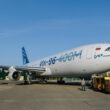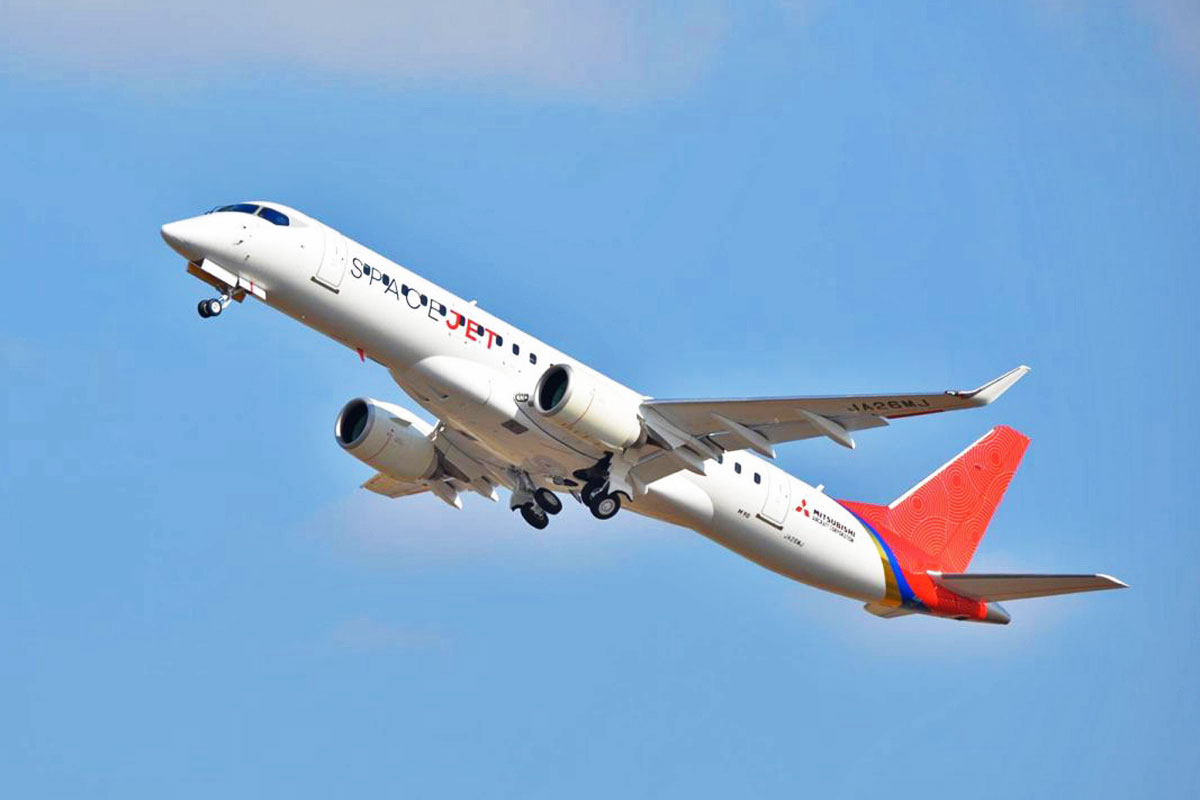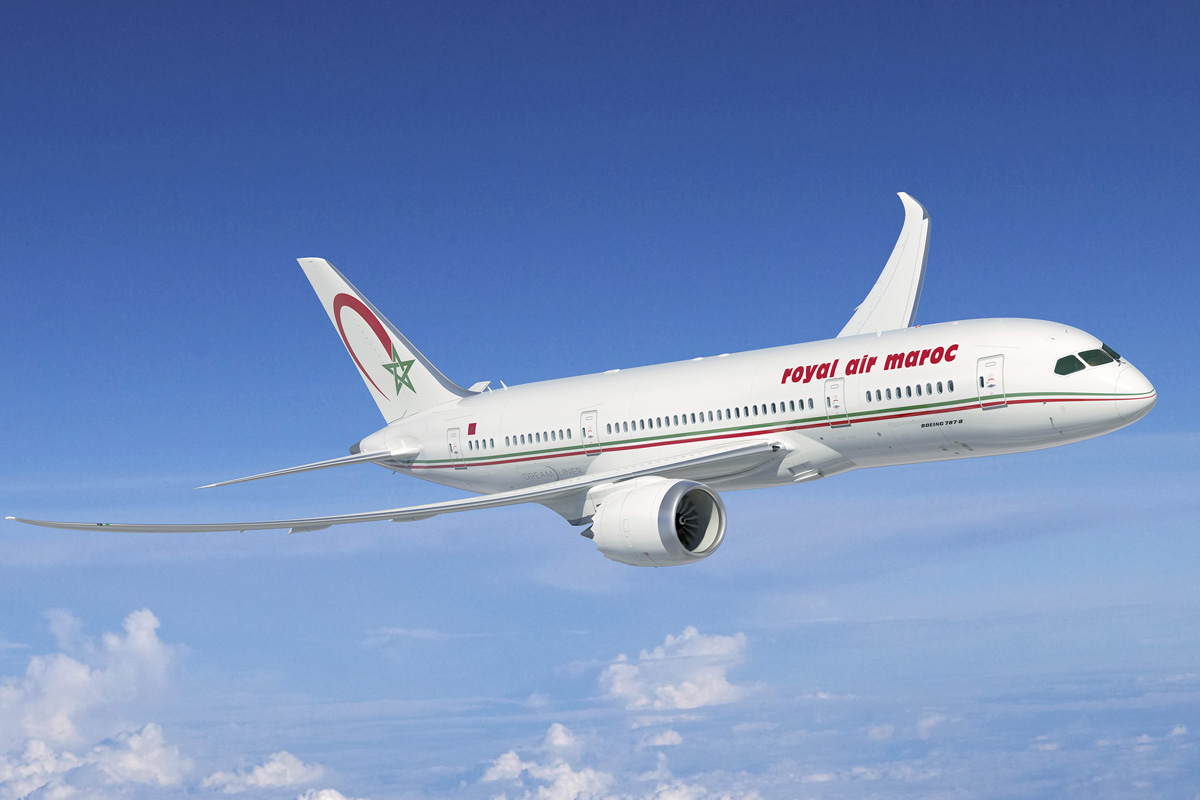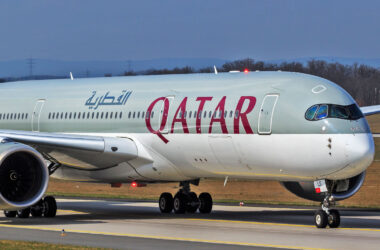The A220, originally C Series, is a airliner whose technical aspect has long been praised by operators. Owner of an impressive autonomy for an aircraft of this size, the Airbus aircarft, however, still suffers from some setbacks.
The European planemaker, which took over the program in 2018, has undertaken a long process to optimize its production and reduce its costs. Additionally, Airbus has been pursuing operational improvements to make the A220 more attractive. The result has been a respectable backlog that now totals 785 aircraft.
Of those, however, only 265 were delivered by May, according to Airbus. Therefore, the company aims to increase the current production rate of six aircraft to 14 jets per month in 2025.
Follow ADN: Instagram | Twitter | Facebook
The greater capacity to serve its customers will also pave the way for the A220 to capture a larger share of the market for commercial aircraft with more than 150 seats.

Engine option and larger variant
According to recent reports, Airbus has concrete plans to make the aircraft more capable of competing in the market with the 737 MAX. The strategy would involve two fronts: expanding the capacity of the A220 with the A220-500 variant and certifying the use of the CFM LEAP1 engine.
Currently, the A220 uses only the Pratt & Whitney PW1500G engine, which has had availability problems. The Boeing jet flies only with the LEAP1-B, which, although considered slightly less efficient, has reported fewer difficulties for its operators.
An A220 with LEAP1 engines would be a great argument for some potential customers of the aircraft that opted for the 737 MAX 7, as was the case with Southwest Airlines.
To offer the CFM turbofan, Airbus only needs to guarantee a range similar to that of the PW rival, of around 3,400 nautical miles.

The A220-500 can be a solution for Airbus to be able to handle the great demand for the A320neo family, more specifically the A321neo, LR and the XLR, which promises a unique range of 4,700 nautical miles.
Most popular posts
[wpp range=’last24hours’ wpp thumbnail_width=100 thumbnail_height=75 limit=3 stats_views=0 order_by=’views’]While it could become a domestic competitor to the A320neo itself, the A220-500 would relieve assembly lines in Europe, China and the US while allowing some customers such as Breeze Airways to operate just one family of aircraft.
Good and bad news for Embraer
The improvement of the A220 is, at first, a concern for Embraer, whose E2 jets compete in the market with it.
So far, Airbus has taken advantage of the new generation E-Jets, which have 270 firm orders so far. But surprisingly, the two highest capacity variants, the A220-300 and E195-E2, are by far the most successful.

The larger version of the Airbus has 692 orders against just 93 for the A220-100, while the most capable E2 has so far registered 245 firm orders against 25 units for the E190-E2.
Therefore, an upward movement of the A220 could take the focus away from the sub-150-seat segment, where Embraer has great penetration.
In any case, the presence of the A220 in airports around the world should grow in the coming years and make it an increasingly popular commercial jet.






